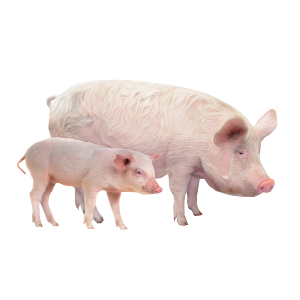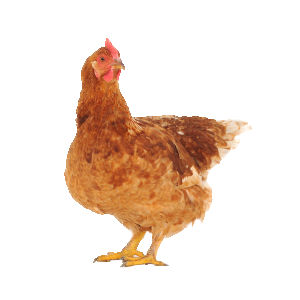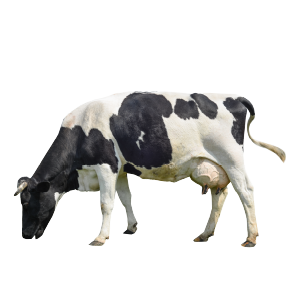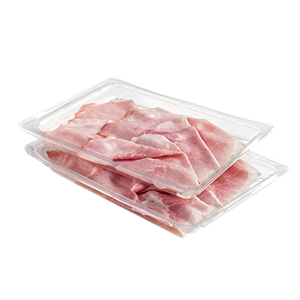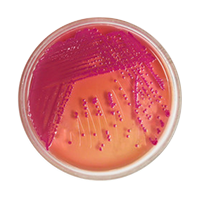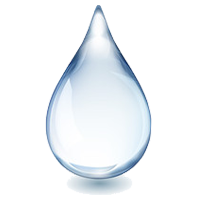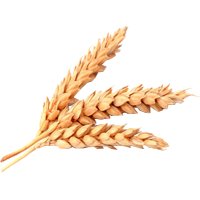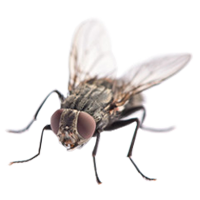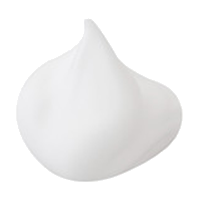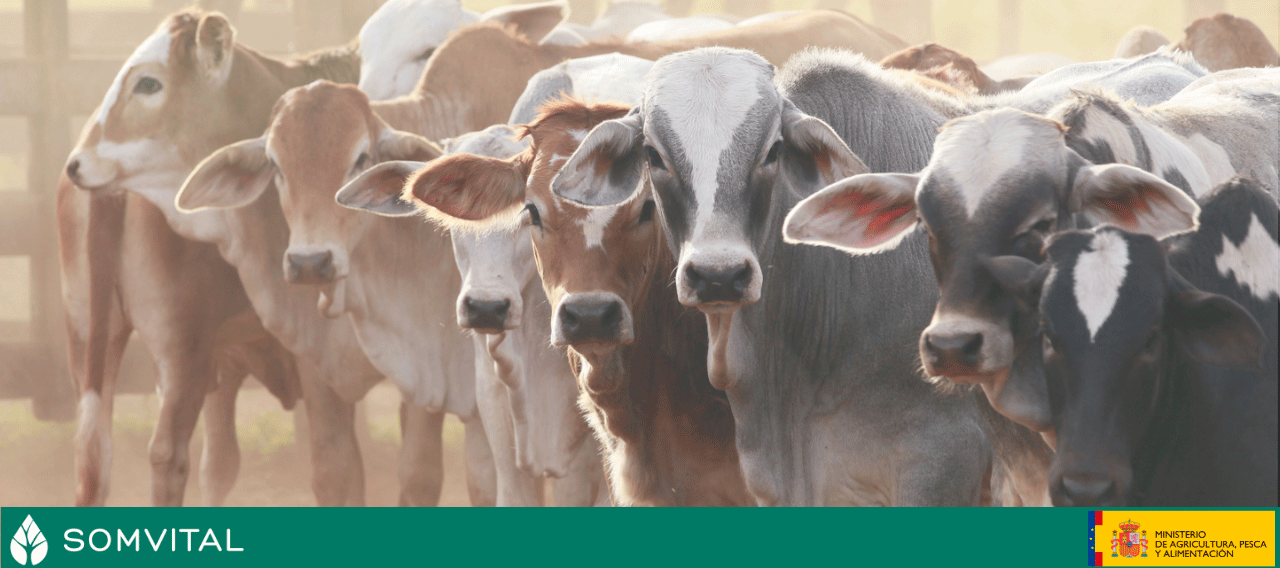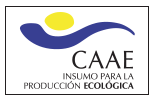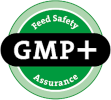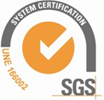This disease continuous spreading all over Spain. Since the 2022 cases in Andalucia and Extremadura, it has been confirmed its presence through 2023 throughout the country, affecting wild and domestic animals.
Currently there are cases declares in most provinces, that is why the agriculture, fisheries and food ministry has declared some restrictions on animal movements, forbidding the intra-community ones.
Respecting movements at the national level, animals and vehicles will have to be properly disinsect for their transfer from affected areas to free areas, in addition to not presenting symptoms.
What is the Epizootic Hemorrhagic Disease (EHD) ?
It is an infectious disease, of viral origin, whose causal agent belongs to Reiviridae´s family, genus Orbivirus, and it is related at a morphologically level to other viruses that belongs to the same genus, such as the bluetongue virus.
There is not animal transmission through direct contact, to create a transmission of the virus, the presence of a vector is necessary, in this case mosquitoes of the genus Culicoides.
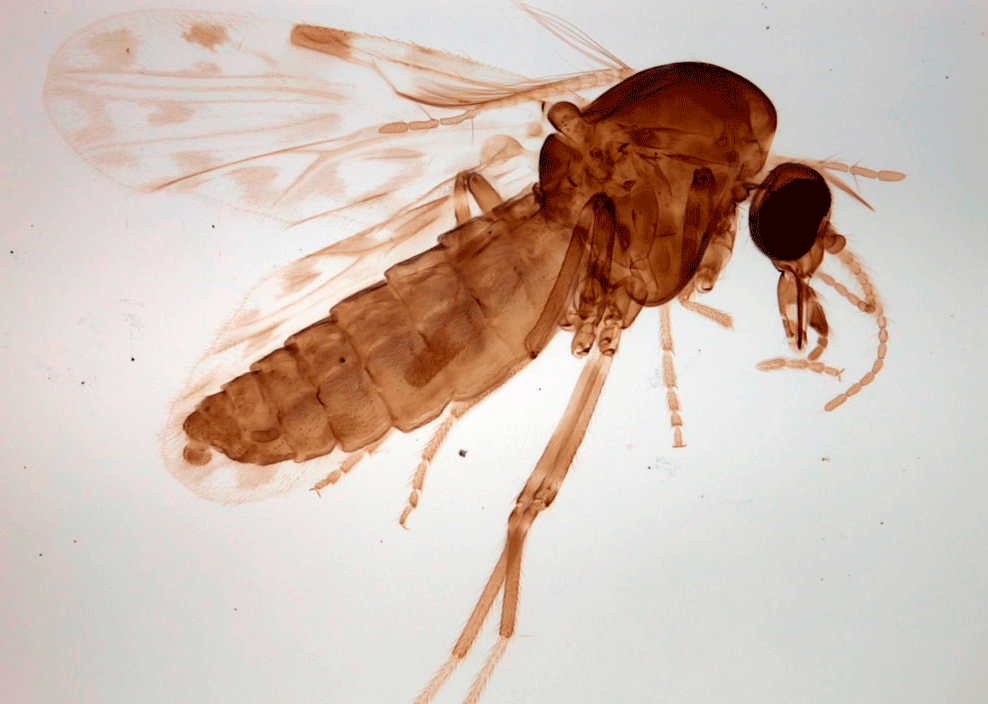
What are the symptoms of the Epizootic Hemorrhagic Disease?
It is not about Zoonosis, because is not transmitted to humans. It only affects ruminants, both wild and domestic, like the case of deer,
roe deer or fallow deer.
Ovine cattle are more likely to be infected, but does not show clinical manifestations, on the other hand goat cattle are very little susceptible to the disease.
Where it becomes more important is in beef cattle presenting a moderate clinical picture in which we can find:
- Anorexy
- Fever
- Salivation
- Dyspnoea
- Facial edema
- Ocular and nasal discharge
- Flaking on muzzle
- Limp
- Udder erythema
These symptoms are very similar to the ones produced from bluetongue virus, so a differential diagnosis with this disease is required using serological tests.
How to help prevent the Epizootic Hemorrhagic Disease?
Although there exist registered vaccines to use in domestic and wild animals, these are not authorized in the European Union.
As it is a viral disease, the symptomatologic treatment is the only one recommended, that is why we should focus our target in controlling vectors that transmit it.
Daily inspection of animals searching for compatible symptoms with the disease.
If suspected, isolate the animals and notify the Official Veterinary Services.
Restrict the entry of animals from positive areas.
Quarantine of animals before entering the farm.
Restrict visits.
Establish an effective program for vector control on the farm, both in terms of insecticide and larvicide products, and insect repellents.
Mandatory biosecurity programs appropriate to the farm and animal transport vehicles.
FUGITA, NEOKILL AND TOTALKILL ARE PRODUCTS AUTHORIZED BY THE MINISTRY OF AGRICULTURE, FISHERIES AND FOOD.
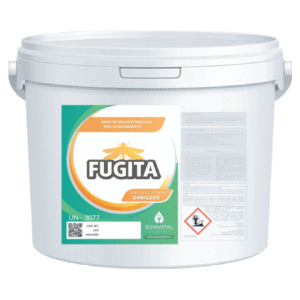
POWDER INSECTICIDE
WITH ATTRACTANT EFFECT
Suitable for the elimination of flies and insects in general
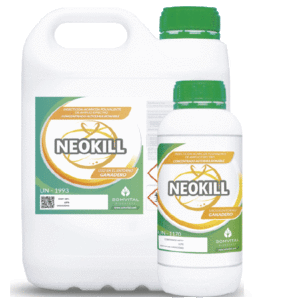
ADULTICIDE AND ACARICIDE
INSECTICIDE
Active against all type of arthropods
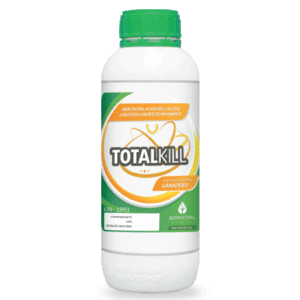
INSECTICIDE, ACARICIDE, OVICIDE AND LARVICIDE
WITH RESIDUAL EFFECT
Indicated for those cases in which you want to prevent re-infestations by cutting the life cycle of insects.
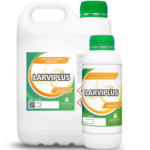
OVICIDAL AND LARVICIDE
INSECTICIDE
Suitable for the elimination of Larvae, eggs and adult insects
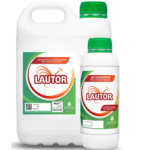
SKIN CARE PRODUCT
Indicated in protocols for action against vectors.

